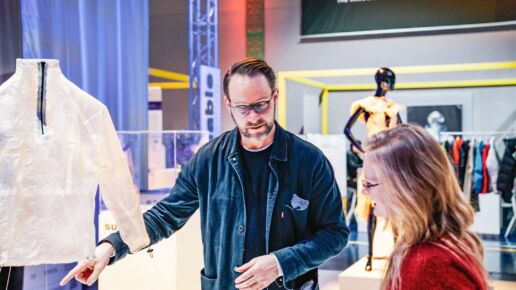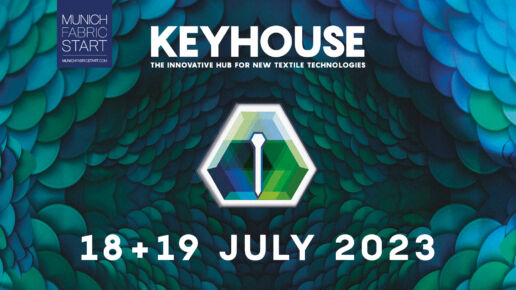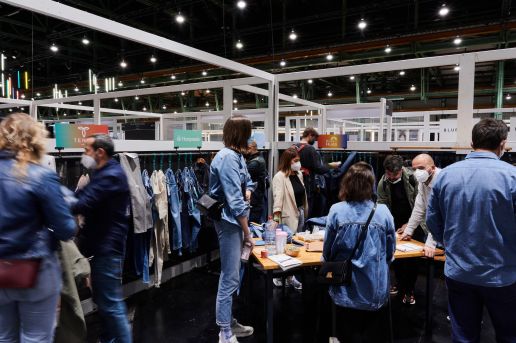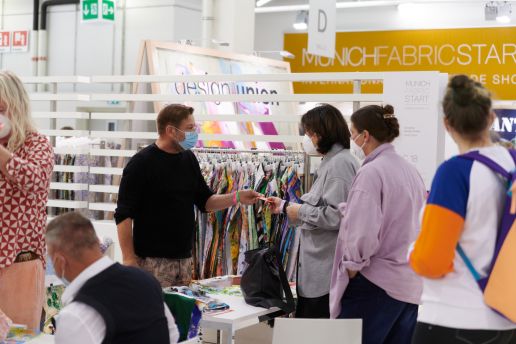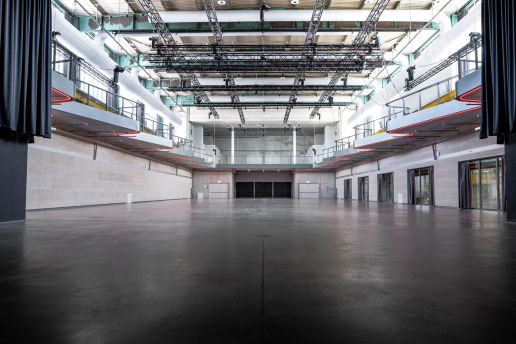Reflecting on the past and looking towards the future – what lies ahead in the sustainable fashion and innovative design industry?
There are two significant factors driving the evolution of the industry at present. Let’s begin with the first topic, which I refer to as the ‘process runway’. On one hand, the term ‘runway’ refers to the well-known fashion runway or catwalk. On the other hand, we can observe the growth of numerous companies and designers with a sustainable focus, who are maturing and becoming more professional, preparing themselves to connect and deliver. From this perspective, it becomes clear that companies and designers understand the need to continuously improve every step of the supply chain, striving for constant enhancement – what I call the process runway.
Could you elaborate on how these labels are improving and changing their production practices?
Certainly. Let’s delve into the example of Knitwear Lab, one of the exhibitors. They demonstrate how one client’s interactions have led to improved production and enhanced quality in several ways. In the past, their manufacturing process began with a rough sketch or digitally drawn idea. Subsequently, one single idea was prototyped multiple times, thus resulting in numerous samples, requiring significant time and numerous adjustments. This process was highly time and material-consuming. To streamline this process, Knitwear Lab embraced digitization. They created a variety of avatars with different size measurements and body types, providing a perfect digital replica for every body shape. With this approach, they can now experiment with more complex designs and experience the implications of different designs and special materials across all sizes, from XXS to XXL without producing supervacaneous samples, thus waste. This is crucial since the details of a finished garment can appear differently on various body sizes. Hence, they first create a digitally perfect fit and high-quality product. Once flawless digitally, it is then manufactured in reality. The benefits are numerous: customization, time and material savings, and cost efficiency – all essential sustainable considerations. Additionally, they can incorporate quality aspects. Cause after all efficient work processes and resource conservation remain significant challenges within the industry.
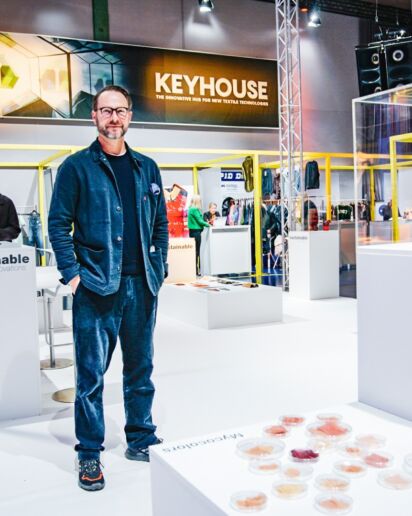
Simon Angel
So, they transitioned from specialized skills to a broader scope?
Exactly. The progression follows this trajectory: initially, we have design studios focusing on their core strengths, on what they excel at. Simultaneously, they are eager to explore avenues for improving the customer journey, sustainability aspects, sourcing or design. It entails broadening their scope of responsibilities and possibilities. Within this transition lies immense potential, but it also presents several challenges. This is the nature of pursuing a goal – people need to collaborate, assume responsibility, and expand their horizons to harness the full potential and become more sustainable and efficient.
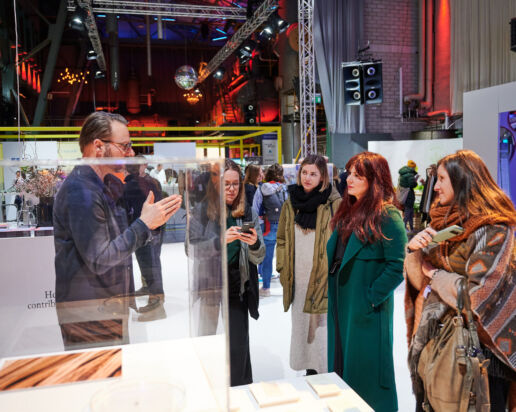
You mentioned another direction at the beginning. Could you elaborate on that?
The other topic revolves around reconnecting with craftsmanship. There is a growing focus on our human nature, on experiencing materials and products through touch, smell, taste… We are redirecting our attention towards engaging our senses. This year, we have exciting projects that facilitate this connection, inspiring people to participate in the knowledge and production processes. To be honest, this craving for tangibility and the opportunity to get hands dirty or experience materials is not limited to the production and design chain alone; it is also a fundamental human need. In the years to come, I am confident that there will be a significant resurgence in reconnecting and rediscovering the purity and authenticity of things.
Are there any synergies, or do these topics merely coexist?
On one hand we have high tech connection using digital advices for improvement and more sustainability, on the other hand low tech reconnection refocusing on craftmanship and human aspects with feeling of the senses. What they do have in common is the very important fact, that without collaboration, nothing would be the same. Studio Sarmite collaborates with Roua Atelier, Crafts Council works with Enschede Textielstad, Meyers & Fügmann cooperate with other designers. If we realize what we and others are doing, we can connect with collaboration and create something even bigger. That is what we experience ourselves at MUNICH FABRIC START: we collaborate a lot as well, for example with BiotexFuture, Berlin Design Farm and Crafts Council. We try to be a partner in acknowledging, introducing and togetherness with other partners to create something bigger in joint forces.
